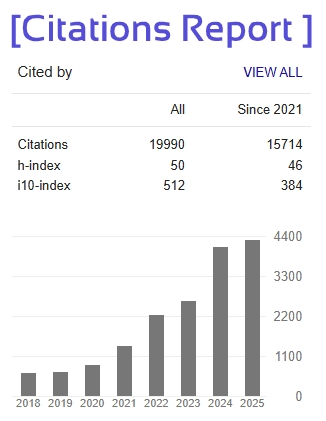The Mechanical Characterization of Recycled Milled Basalt Fiber Fillers on Flexural Properties of Natural Fiber Reinforced Polymer Composites for Sustainable Developments and High-Performance Industrial Applications
Kabir S M
Bachelor of Engineering (B.E.) – Aeronautical Engineering (A.E.)
Department of Aerospace Engineering, Madras Institute of Technology (MIT) Campus, Anna University,
Chennai, Tamil Nadu, India
Abstract— The aerospace, automotive, and energy industries can use fiber-reinforced polymer composites due to their high specific strength and stiffness. However, unexpected external impacts in work cause internal damage and residual strength loss in composite structures. Another ongoing issue is the sustainable management of composite materials' end-of-life. This research paper describes the mechanical characterization of recycled milled basalt fiber fillers on flexural properties of Natural Fibre Reinforced Polymer Composites for Sustainable Developments and Industrial Applications. An optimized recycled milled fiber filler percentage is examined by incorporating the recycled ball-milled basalt fiber filler into the epoxy laminates from 0.5% to 3% weight percentages concerning epoxy laminates. Finally, the 1% filler incorporated epoxy laminates showed better results than the base samples. Then, the 1% recycled milled basalt fiber filler material was incorporated into basalt fiber and areca nut fiber with epoxy resin and hardener to make the composite laminates for flexural testing. The flexural testing was carried out with the help of an INSTRON Universal Testing Machine (UTM) i.e. the three-point bending test to determine the flexural characteristics. The recycled milled basalt fiber filler incorporated basalt and areca nut epoxy composite laminates show higher flexural properties than the base samples with 0% filler material. There is an increase of 96.51% and 22.78% in flexural strength (MPa) for basalt/epoxy and areca nut/epoxy filler incorporated polymer composites than the base samples. Through toughening mechanisms like filler/matrix interlocking, individual debonding, crack deflection, and bridging, micrographs captured using a scanning electron microscope (SEM) showed that recycled fillers provide a higher level of stiffness, better energy dissipation, less damaged area, and overall improved hardness. Thus, the fillers’ role in the resistance to damage propagation increases. This research helps improve composite material performance and sustainability.
Keywords— polymer composites, recycled milled fillers, flexural properties, basalt fibre, sustainability







